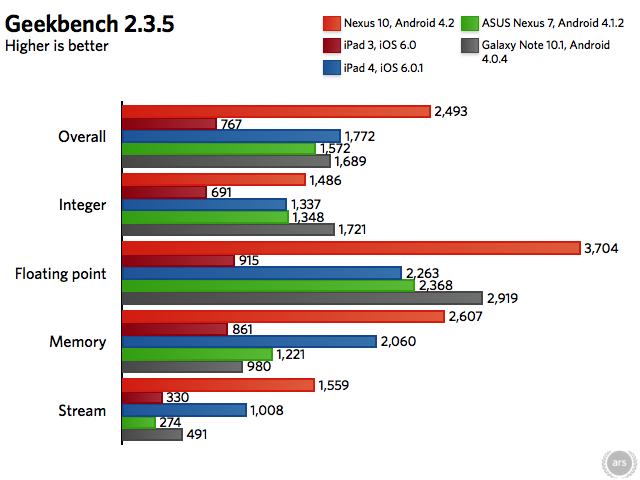Okay, that's a good point and explains the Chromebook's load consumption, but I'm still not convinced that A15 is much better than Clovertrail under a ~2W SoC thermal envelope.
But you say this without knowing either what Clovertrail or Exynos 5210 (nevermind Cortex-A15 on other SoCs) can sustain while under a 2W limit.
Look at the power curve in Nebuchadnezzar gave for the 32nm Exynos 4, and how it really starts gaining tremendously past 800MHz. What if Exynos 5 uses half as much power at peak while at 1.4GHz? What if it uses a third as much at 1GHz? We don't know what its curve is like (where the knee is).
We also don't really know what the OS conditions were like for the the Chromebook test. Saying that ChromeOS has great power tuning because it's done by Google is naive; it's a tweaked Gentoo Linux with Chrome on top. When I run Kraken on my Mint desktop I see the active (100% utilization) thread rapidly (as in, several times a second) moving between CPU cores. This isn't a good scenario for minimizing power consumption. Some usage graphs would be helpful. Does anyone know if Exynos 5 has separate clock/voltage planes for the two cores?

